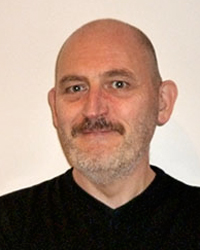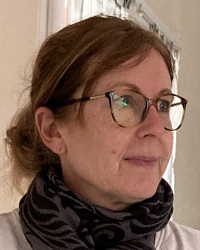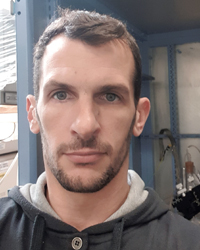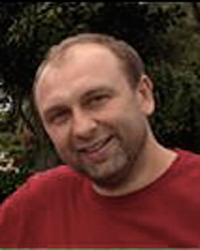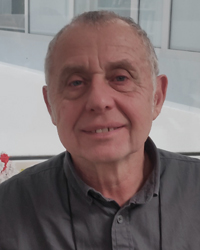Our team has been created by the will of the two group leaders to assemble a cluster of electrophysiologists of sufficient size and recognized expertise to analyze, in depth, the properties of different biomolecules on cellular excitability at the animal, organ, cell and molecule levels.
Created in 2015 by the fusion of two complementary groups, the new team, directed by Michel Vignes (PU-UM) and Pierre Charnet (DR1 CNRS), is now housed at the Pole Balard, Route de Mende, and manages a series of complementary electrophysiological research themes and expertise. It is composed of six permanent senior scientists: Valérie Rolland(PU-UM), Jean-Baptiste Thibaud (DR2 CNRS), Thierry Cens (CRN INSERM), Matthieu Rousset (CR1 INSERM), Janique Guiramand (CR1 CNRS 25%), three assistant professors; Marie Céleste de Jesus Ferreira (MCU UM); Julien Roussel (MCU UM); Claudine Ménard (MCU UM), one technician: Catherine COHEN SOLAL (ITRF UM).
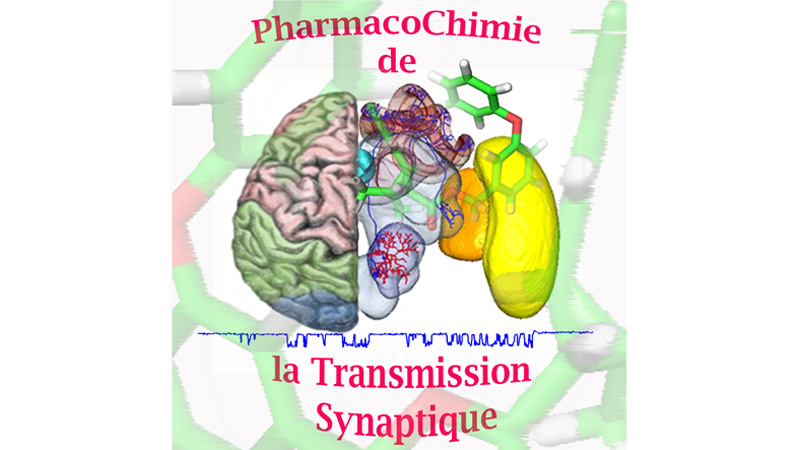
Our Themes
Ion channels and insecticides
The decline in pollinators is partly due to chemical inputs in the environment. Analysis of water, crops, beeswax and honey shows the presence of several pesticides: herbicides, fungicides and anti-parasitic insecticides. Their deleterious effects on beneficial insects are assessed by mortality tests (LD50), but little is known about their impact on insect physiology at low doses. Even for the most widely used neurotoxic insecticides, only the effects on their presumed molecular targets (e.g. NaV for pyrethroids) are assessed. Our project is the first to propose the in vitro analysis of a series of pesticides commonly found in the environment on ALL ion channels expressed in bees. Their cloning and functional analysis will provide a unique tool to better understand the toxicity of these molecules, and build a complete picture of the synaptic sensitivity of bees to inputs. This project has several components:
- Functional and structural characterization of ion channels and receptors in the honeybee Apis melifera
- Toxic effects of insecticides: in vivo and in vitro studies in bees and mammals
- Cellular transcriptomics in bees: identification of ion channels and receptors involved in excitability in various key cell types: skeletal muscle, cardiac muscle, antennal and antennal lobe neurons, Kenyon cells…
- Identification of binding sites for these molecules in sensitive channels, in collaboration with A. Chavanieu (IBMM).
- Search for tissue and/or species-specific toxins of these conductances to help analyze their role in vivo, and possibly provide leads for pest control. In collaboration with S. Dutertre (IBMM).
Calcium channels and transcriptional regulation
Some of the genes encoding the Cava subunits of voltage-gated calcium channels are bi-cistronic, producing both a Ca2+ ion-selective transmembrane channel protein, and a protein corresponding to the cytoplasmic C-terminal part of the channel, known as a1CT. For two of the ten genes encoding Cava subunits (Cava1.2 and Cava2.1), it has been shown that the a1CT protein (a1CCT and a1ACT, respectively) is addressed to the nucleus in several types of central nervous system neurons, where it is able to modulate the expression of certain genes involved in neurodevelopment. Its direct binding to promoter regions makes a1CT an unexpected transcription factor. Alternative splicing leads to the expression of different isoforms of a1ACT, but it is not known whether the transcriptional activity of these different splice variants is similar or not. In addition, there are interaction sites between a1ACT or a1CCT and other proteins, such as the auxiliary subunits of Cavb calcium channels. But, again, we don’t know how these interactions influence transcriptional activity. Finally, do (1) other genes encoding Cava subunits (in particular Cava2.2 and Cava2.3) produce a 1CT protein, (2) are all splice variants of these proteins expressed, (3) do these proteins have sites of interaction with Cavb, (4) are these proteins also transcription factors and, (5) is their transcriptional activity modified by alternative splicing or interaction with Cavb? Furthermore, can these calcium channel properties be extended to other voltage-dependent channels (sodium channels, etc.)? Do these properties exist in insect channels, particularly in bees?
Glutamatergic synapses
The excitatory neurotransmission provided by glutamate is fundamental to the transmission of information in mammals. It enables rapid communication between neurons, and its plasticity is required for the brain’s adaptation to new challenges such as learning and memorizing new information. Numerous studies have shown that excitatory neurotransmission is disrupted in pathological conditions (neurodevelopmental and neurodegenerative diseases). These disturbances are concomitant with the onset of significant oxidative stress. Indeed, the accumulation of oxygenated free radicals is an aggravating factor in all cerebral pathologies. However, brain cells have antioxidant protection systems, the main one being reduced glutathione (GSH). This tripeptide (g-Glu-Cys-Gly) enables the reduction of oxidized biomolecules. Its altered metabolism is also implicated in disturbances of excitatory neurotransmission. The aim of our project is therefore to study the relationship between oxidative stress and excitatory neurotransmission in the hippocampus, by specifically examining:
- The impact of GSH metabolism on glutamatergic synaptic activity and plasticity.
- The role of GSH-derived glutamatergic dipeptides in mammalian cellular excitability: their targets and effects.
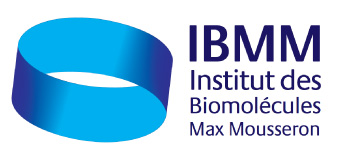
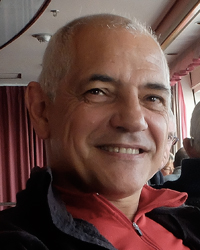 Pierre CHARNET
Pierre CHARNET Michel VIGNES
Michel VIGNES